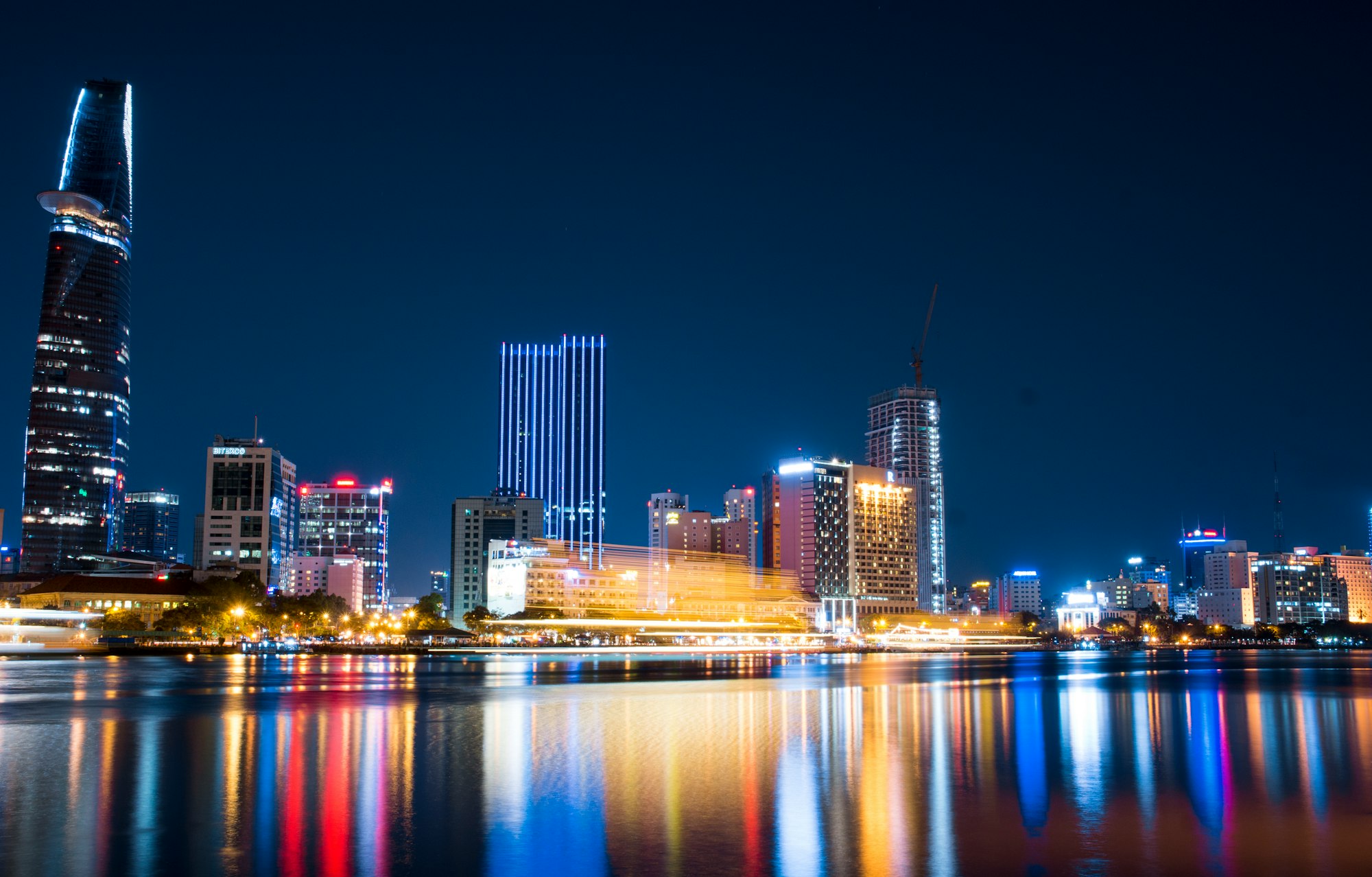Starlink receives license to bring internet service to Somalia
Starlink's entry into Somalia could expand internet access, bridging connectivity gaps in underserved regions.
Getting reliable Internet service in Somalia hasn’t been easy for a lot of people. Spotty infrastructure, limited service options, and high costs have kept reliable internet out of reach—especially in rural areas. But things might be starting to shift.
This week, Elon Musk announced on X that Starlink, SpaceX’s satellite internet service, has received approval to operate in Somalia. That puts the country on a growing list of African nations where the satellite-based internet service is now active, following recent launches in Niger and Liberia.
For a country where just 28% of the population had internet access as of 2022, according to the World Bank, the news could mark a step forward. Starlink’s setup relies on low Earth orbit satellites, meaning it doesn’t need traditional cables or towers. In theory, that could help fill some of the coverage gaps where local telecom infrastructure still lags.
Meanwhile, internet speeds in Somalia vary. Mobile connections average around 11.65 Mbps, and fixed broadband is a bit lower—roughly 8.34 Mbps, based on Ookla’s early 2023 numbers. Starlink claims it can offer speeds up to 100–200 Mbps, but how that plays out in real-world Somali conditions remains to be seen.
There’s also the question of cost. Starlink isn’t cheap, and in places where average incomes are lower, affordability could limit who actually uses it. In some regions, the company has worked with governments to lower prices, but so far, there’s no word on similar plans for Somalia.
Local providers like Hormuud and Dalkom Somalia have been working on expanding fiber networks in cities like Mogadishu. That effort is ongoing, but laying fiber across the entire country isn’t a quick fix. Satellite internet could, at least temporarily, offer an alternative in harder-to-reach areas.
Starlink’s entry could help expand access in areas that need it most, but how much of an impact it will make depends on how things play out—costs, regulations, adoption, and whether the service delivers on its speed promises.
Starlink is now live in over 100 countries, and in Africa alone, it’s active in at least 18. But not every rollout has gone smoothly. In South Africa, for example, Starlink kits were effectively blocked by import restrictions in 2023.








